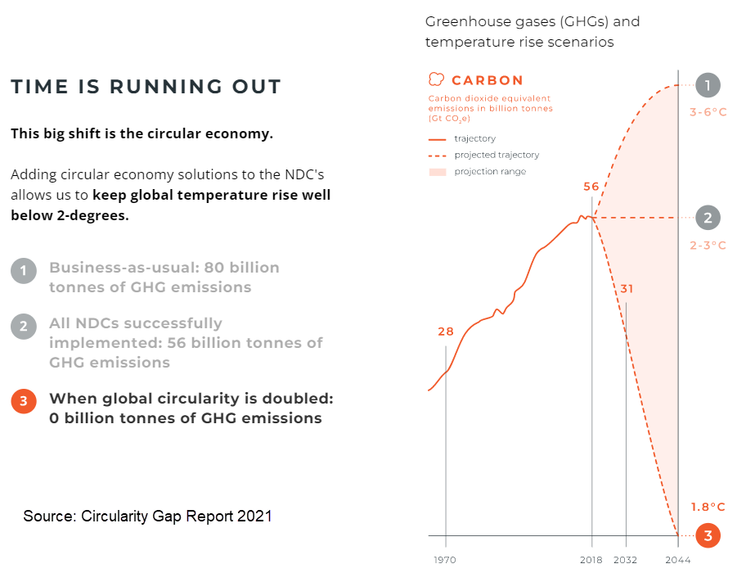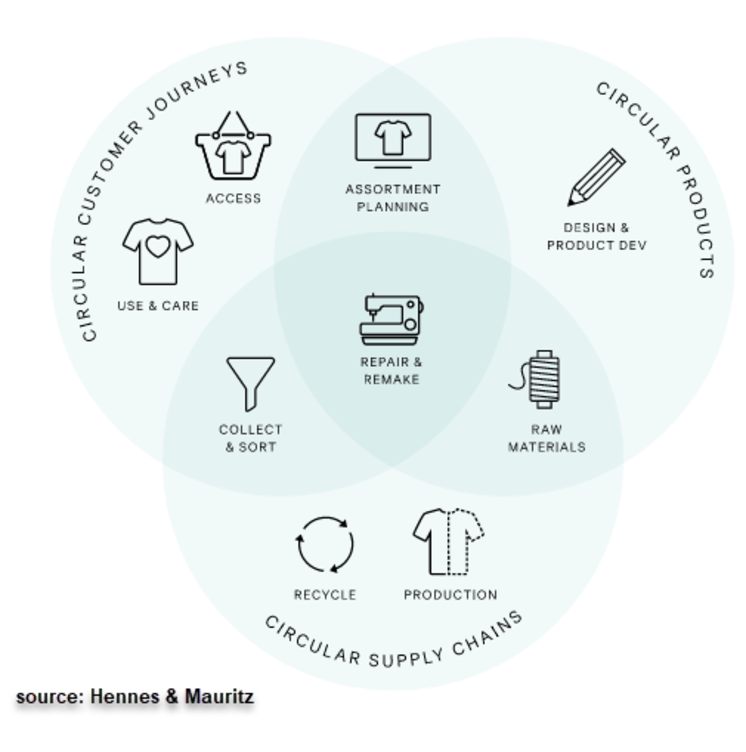Life-cycle product stewardship, otherwise known as the “circular economy”, is high on the political agenda, especially in Europe. This business model brings together a growing number of companies faced with the need to reduce their consumption of natural resources and render their products more sustainable and greener. Responsible investors, on the other hand, use this approach to assess the sustainability of the business models of companies in their portfolios. Given its negative impact on the environment, the fashion sector and the leading fast fashion brands in particular appear to be prime targets.
Sustainable and Responsible Investing
The circular economy takes on fast fashion




